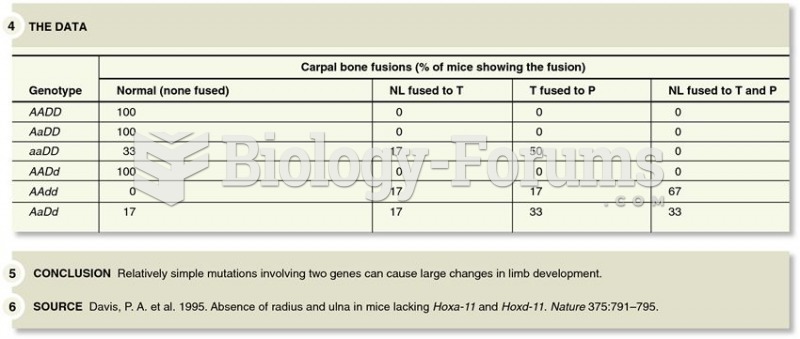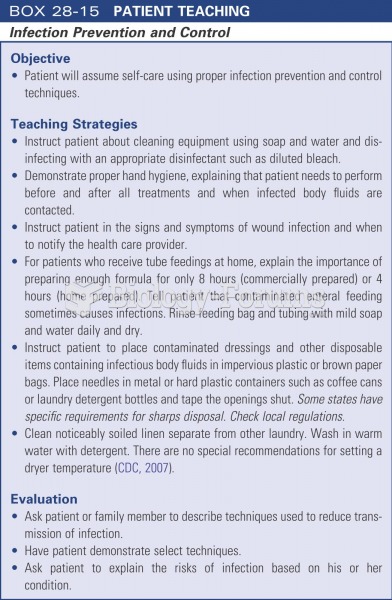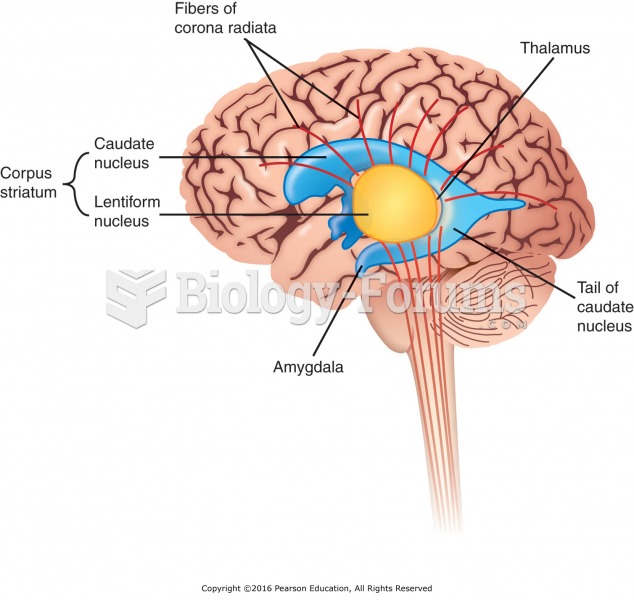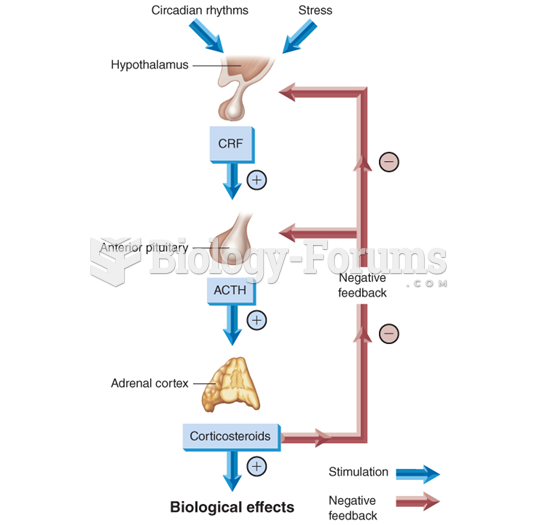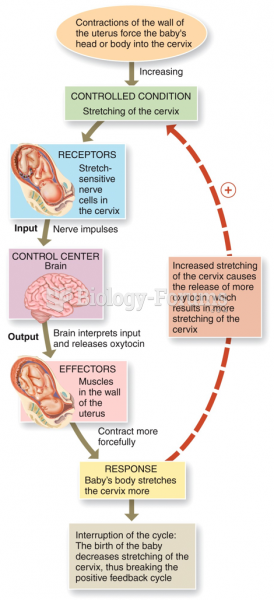Answer to Question 1
Answer:
A. Factions fighting for control of the Democratic Party after Reconstruction
1. Economic centered: The Redeemers
a. slash government spending, cut back state support for education, rewrite state constitution
b. climate favorable to business and industry
c. gave public land to railroad companies
2. Agriculture centered: the Grange and Farmers' Alliance
a. Hogg helped gain control in 1890-1910
b. regulate business, protect the farmer, and pass reforms to help the little guy
c. passed first child labor law and new election procedures
3. Personality based: Jim and Miriam Ferguson supporters and opposition
a. 1914-1930
4. Ideology based: liberals and conservatives
a. liberals supported Roosevelt and New Deal
1. controlled political agenda in 1930s
b. conservatives against New Deal
1. opposed Roosevelt's run for third term
2. Texas Regulars gained control in 1940s
c. liberal comeback; Democrats of Texas in 1950s
1. backed Ralph Yarborough for governor
2. resurgence in 1960s
d. Texas stayed mostly conservative
B. Impact on modern-day Texas politics
1. Republican governor Bill Clemens ended 105 years of Democratic control
2. realization that factions had to come together has resulted in less visual divisions within the party as more conservatives have gone Republican
3. hold onto traditional supporters and widen broad appeal
Answer to Question 2
Answer:
A. Texas party structure is coalitional
1. Both Democrats and Republicans have different subgroups that band together to win elections
2. These groups often have tension and rivalry but come together on basic vague ideas
3. winning elections more important than ideologies
a. example of Republican Party in 2012 election when they needed the Latino vote so they eased ideological stand on illegal immigration
B. Texas party structure not ideological
1. does not allow for factions, ideological parties members are expected to adhere to the principles of the party
2. principles more important than winning
3. Texas not a heterogeneous population; many different cultural, economic and political groups
a. no way for a single group to take control, must appeal to a broad array of groups and ideological party is too limiting for radical views
4. There has been some emergence of ideological parties in Texas
a. Libertarian Party and Green Party
b. cannot garner enough votes to win because members vote with the major party for bigger elections


